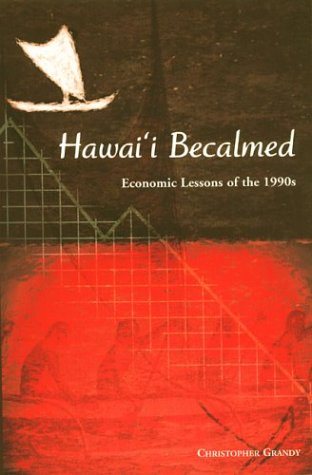

Most ebook files are in PDF format, so you can easily read them using various software such as Foxit Reader or directly on the Google Chrome browser.
Some ebook files are released by publishers in other formats such as .awz, .mobi, .epub, .fb2, etc. You may need to install specific software to read these formats on mobile/PC, such as Calibre.
Please read the tutorial at this link: https://ebookbell.com/faq
We offer FREE conversion to the popular formats you request; however, this may take some time. Therefore, right after payment, please email us, and we will try to provide the service as quickly as possible.
For some exceptional file formats or broken links (if any), please refrain from opening any disputes. Instead, email us first, and we will try to assist within a maximum of 6 hours.
EbookBell Team

0.0
0 reviewsWhat happened during the decade of the 1990s that caused Hawaii's once full economic sails to deflate, leaving the economy in the doldrums? What can Hawaii's leaders do to revive economic growth-or can anything be done? What lessons does this period of prolonged economic stagnation hold for those who care about Hawaii's future?
The author recounts many of the external and internal events that affected Hawaii during the 1990s, their long-term economic impact, and the issues that elected policymakers must address to restart the economy. For example, the economic bubble that derived from Japan's hyper-inflated economy in the late 1980s, and the subsequent pinpricks provided by the Gulf War, the Mainland recession, and Japan's downturn, initiated the unprecedented period of slow growth. After a period of denial, Hawaii leaders began exploring a wide variety of policies designed to remove perceived competitive barriers and to stimulate the economy. These efforts culminated in policy initiatives that may have assured Governor Ben Cayetano's re-election in 1998. Subsequent economic recovery permitted the pursuit of more questionable economic policies, but the tragic events of 9-11 remind us of the tenuous nature of Hawaii's economic recovery.
This highly readable book will challenge students, businesspeople, social scientists, and government leaders to think about the significant issues associated with a near zero-growth economy, and ways in which to revitalize our economy. A fundamental understanding of Hawaii's position in the global economy, and the challenges it poses for public policy, is essential for all citizens before effective decisions can be made on how to move Hawaii's economy forward.